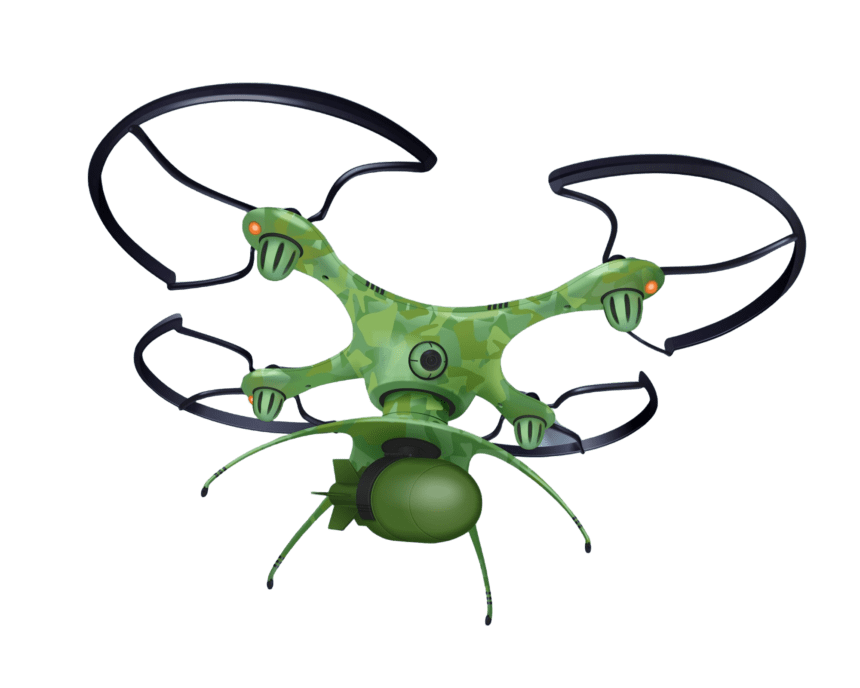How Drones, Tracking Collars, and AI Are
The fight to preserve endangered species has taken a technological turn, with drones, tracking collars, and artificial intelligence (AI) playing pivotal roles. These advanced tools have transformed conservation efforts, enabling scientists and environmental organisations to monitor, protect, and study wildlife more efficiently than ever before.
The Role of Drones in Wildlife Conservation
Drones have emerged as indispensable tools in the conservation of endangered species. Equipped with high-resolution cameras and sensors, they provide real-time aerial surveillance of vast and hard-to-reach habitats. This technology helps conservationists track animal movements, detect illegal poaching activities, and monitor environmental changes such as deforestation and habitat destruction.
For instance, drones have been used in Africa to combat poaching by tracking the movement of elephants and rhinos. They can cover large areas quickly, offering a bird’s-eye view of the terrain. Their ability to capture high-definition images even at night, thanks to thermal imaging, enhances their utility in protecting wildlife around the clock.
Tracking Collars: A Lifeline for Endangered Species
Tracking collars have long been a cornerstone of wildlife research, but modern versions are more advanced than ever. These devices provide critical data on animal behaviour, migration patterns, and survival rates. By transmitting GPS coordinates, they help researchers understand where animals roam and identify threats in their environments.
For example, large cats such as lions and tigers are often fitted with tracking collars to study their hunting territories and ensure they remain within protected areas. This information is invaluable for creating conservation strategies and minimising human-wildlife conflicts, such as livestock predation.
Tracking collars also assist in studying marine life. Sea turtles, sharks, and whales have been fitted with waterproof tracking devices, enabling scientists to map migration routes and understand oceanic ecosystems better. These insights contribute to the development of marine protected areas and international conservation agreements.
Artificial Intelligence: Data-Driven Conservation
Artificial intelligence is transforming how data is analysed in conservation efforts. AI-powered systems process vast amounts of data collected from drones, cameras, and tracking devices, identifying patterns that might be missed by human researchers.
Machine learning algorithms can recognise individual animals through facial recognition or unique body markings, making population monitoring more accurate. For instance, AI has been used to track snow leopards in the Himalayas by analysing thousands of camera trap images, reducing the need for human intervention in dangerous terrains.
AI also plays a crucial role in analysing environmental data such as weather patterns, vegetation growth, and water availability. This helps predict potential habitat changes and develop proactive conservation strategies. Moreover, AI-powered software can detect illegal logging and poaching activities by monitoring audio signals from remote sensors.
Combining Technologies for Greater Impact
The integration of drones, tracking collars, and AI has led to groundbreaking success in wildlife conservation. By combining these technologies, researchers can gain a comprehensive understanding of animal behaviour and threats in real time. This holistic approach enables rapid responses to emergencies such as habitat loss, poaching, and disease outbreaks.
In Africa, conservation organisations have used this technological trio to protect elephants and rhinos from poachers. Drones provide aerial surveillance, tracking collars monitor animal movements, and AI analyses data to predict poaching hotspots. These coordinated efforts have significantly reduced poaching incidents in some protected areas.
Overcoming Challenges in Tech-Driven Conservation
Despite their potential, these technologies face several challenges. High costs, limited access to advanced equipment, and technical issues such as battery life and data transmission limitations can hinder conservation projects. Additionally, data security and privacy concerns must be addressed, particularly when monitoring areas inhabited by local communities.
Training local conservation teams to operate drones and analyse data is essential for sustainable conservation efforts. Building partnerships with tech companies and research institutions can also help bridge the technology gap and make these tools more accessible.
Wildlife Conservation
The use of drones, tracking collars, and AI marks a new era in wildlife conservation, promising more effective and data-driven solutions. As technology advances, these tools will become even more integrated, enabling real-time monitoring and predictive analysis on an unprecedented scale.
By embracing these innovations, humanity can better protect Earth’s endangered species, ensuring that future generations inherit a planet rich in biodiversity. The synergy of technology and conservation offers a glimmer of hope for saving the planet’s most vulnerable creatures from the brink of extinction.

